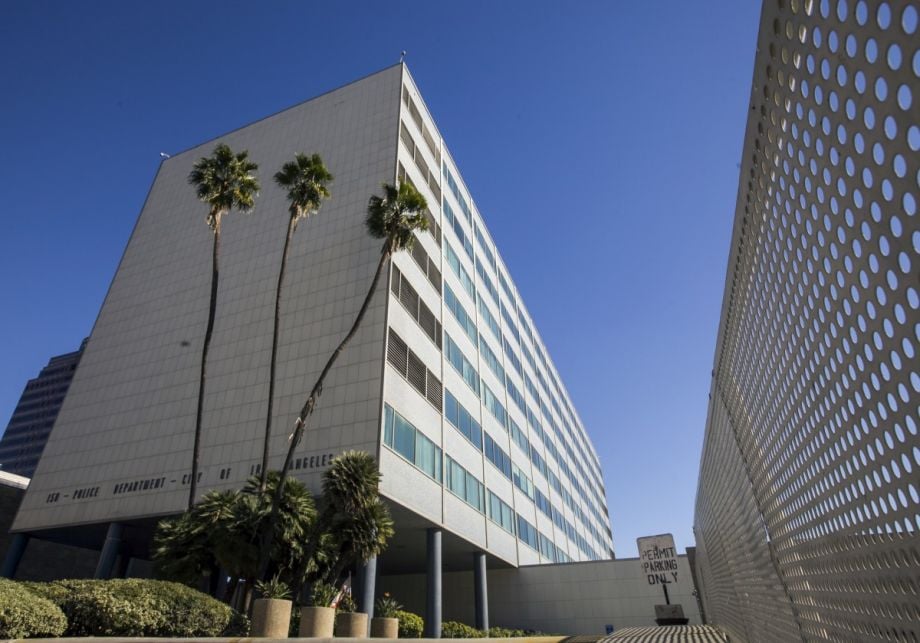In the middle of Forum 2014’s marquee panel, Tom Mayes of the National Trust for Historic Preservation made a point about how the age of building plays a powerful role in determining how we interact with it. According to research done by Jeremy Wells, a scholar in the field of historic preservation, the mind travels quickly when we encounter a historic property. He came to this conclusion after interviewing 11 residents in the Charleston area about how their neighborhoods made them feel. One of Wells interviewees described glimpsing a historic home and imagining a Civil War soldier marching up its staircase.
“Ultimately, attachment to historic places—at least in a residential context as revealed in this study—is associated with the ability of places to catalyze the imagination through fantasies about hypothetical pasts or spontaneous fantasy,” Wells wrote in his dissertation.
It’s a line of thought that echoes a theme of Forum 2014 , that buildings are more than their architecture.
Its also one that raises critical questions as the field prepares for the 2016 semicentennial — 50-year— anniversary of the National Historic Preservation Act. Since not every building can be saved, how should preservationists direct their efforts over the next half century and what may be lost in the process?
Inga Saffron, the Pulitzer Prize-winning architecture critic at the Philadelphia Inquirer, told the audience that writing about endangered buildings takes up a hefty portion of her work due to “crisis after crisis” with Philly’s historic structures. What troubles her, she explained, is that Philly doesn’t have a street plan like Paris or Rome that is designed around public spaces and points of interest. Historic properties serve that function in a landscape of rowhome architecture that can appear “homogenous.”
“Philadelphia is going to be a really dull place if it’s only the rowhouses,” she said.
Adrian Scott Fine of the Los Angeles Conservancy called for deeper consideration of architecture constructed during urban renewal. The policies of that era led to waves of displacement and impacted poor and marginalized communities terribly, but Scott Fine insists that that’s something we’re supposed to remember. He gave Los Angeles’ Parker Center as an example.
“There are still people in Little Tokyo who remember what was on the site before. I talked to people in Little Tokyo a little while ago, and they supported the preservation of the Parker Center. They said only if it stays can we have a conversation about what was lost,” explained Scott Fine. “Are we preserving a full history of a place, or only preserving our preferred version of history?”
Hastings wondered if the financing behind construction and mortgages was instilling an ideal for buildings should have a shorter lifespan. With developers, she’s observed, “often the talk is that it’s cheaper to scrape a site and build something that will last for 20 years.” Do Americans view their cityscapes, as Scott Fine put it, as “disposable”? Can we know how many memories are being paved over?
These questions, of course, are why everyone was seated there, in a 149-year old church with organizers sure to point out the massive, recently restored stained glass windows, to sounds of admiration and approval.

Cassie Owens is a regular contributor to Next City. Her writing has also appeared at CNN.com, Philadelphia City Paper and other publications.
Follow Cassie .(JavaScript must be enabled to view this email address)








